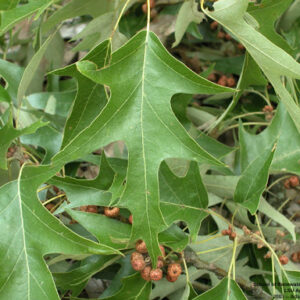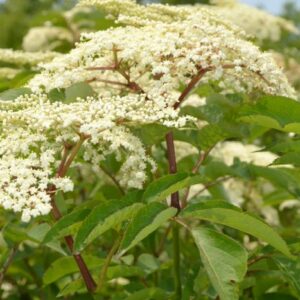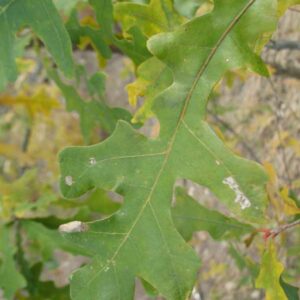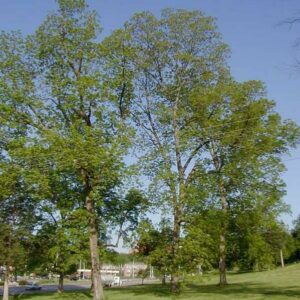Pecan (Carya illinoisis)
$30.00
5 in stock
Share
Description
Culture
Best grown in humusy, rich, moist, well-drained soils in full sun. Difficult to transplant because of its deep taproot. If grown for nut production, plant at least two different varieties for best cross-pollination. Nut production can be sparse in the northern part of its growing range, particularly when spring is late and summer is cool. May be grown from seed, but it normally takes 8-10 years for a young tree to bear a nut crop.
Noteworthy Characteristics
Carya illinoinensis, commonly called hardy pecan, is a large deciduous lowland tree that is the largest of the hickories. It typically grows 75-100? (infrequently to 150?) tall with a large rounded spreading crown. Trunks mature to 2-4? in diameter. It is native from Iowa, Illinois, Indiana and Ohio south to Alabama and Mexico, being primarily found in the Mississippi River valley and the valleys of its principal tributaries. Pecan features medium green, odd-pinnate, compound leaves, with each leaf having 9-17 pointed leaflets. Leaflets range from 2-7? long. Leaves mature to yellow green in summer, eventually turning yellow brown in fall. Non-showy, monoecious greenish yellow flowers appear in April-May, the male flowers in pendulous catkins (to 4? long) and the female flowers in short spikes. Female flowers give way to sweet, edible nuts. Each nut is encased in a thin husk which splits open in four sections when ripe in fall. Pecans are an important commercial nut crop in the U.S. Most pecan commercial plantings are located in the southern U.S., from North Carolina to Florida west to Arizona and California. Many cultivars are available.
General Use
A tall ornamental shade tree for large properties. May also be grown for nut production.
Problems
No serious insect or disease problems. Scab can infect both nuts and foliage, although scab resistant cultivars are available. Aphids, pecan weevils, twig girdlers and fall webworms can also do damage.
Additional information
| size | 15-gallon, 3-gallon, 7-gallon |
|---|
Related products
-

Cherrybark Oak (Quercus pagoda)
$30.00 Add to cart -

American Elderberry (Sambucus canadensis)
$30.00 Out of Stock -

Overcup Oak (Quercus lyrata)
$30.00 – $90.00 Select options This product has multiple variants. The options may be chosen on the product page -

Post Oak (Quercus stellata)
Select options This product has multiple variants. The options may be chosen on the product page


